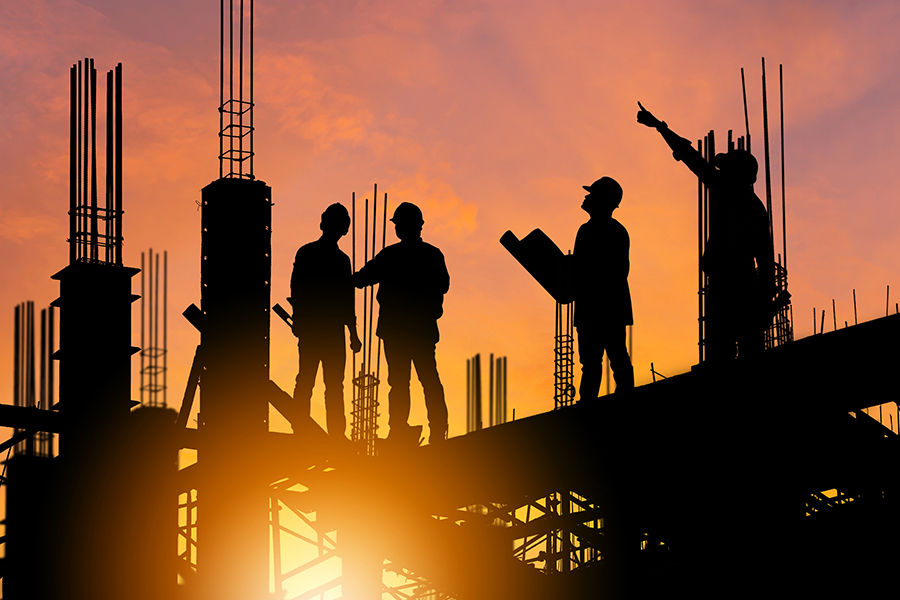Smart Building Owner’s Roadmap – Phase 4: Invest with Impact – How to Prioritize, Fund, and Execute Smarter Retrofits
- Octavian Vasilovici

- Jul 8
- 2 min read

You’ve done the hard part: the analysis, the modeling, the strategy. You’ve uncovered what your building could be—and what’s standing in the way.
Now comes the most critical phase: execution.
This is where strong projects move forward—and stalled ones fade into expensive spreadsheets.
Phase 4 is about turning insight into infrastructure. It’s where you:
Build a clear, sequenced investment plan
Secure funding
Launch upgrades with minimal disruption and maximum ROI
Step 7: Build an Integrated Investment Plan
Not all upgrades are created equal. Some drive fast returns. Others anchor long-term resilience. The key is integrating both—intelligently.
This step brings together everything from previous phases—energy savings, carbon reductions, wellness gains—and balances them using multi-criteria decision-making.
That means:
Prioritizing by ROI, impact, and feasibility
Phasing upgrades for minimal operational disruption
Aligning technical goals with your capital planning
Stacking funding sources—loans, rebates, and grants—for optimal leverage
“This isn’t a to-do list. It’s a capital strategy tailored to your building.”
The result? A roadmap that aligns technical opportunity with financial reality—and gets everyone on the same page.
Step 8: Start With the Fastest Wins
Momentum matters. High-return, low-disruption measures are often the best starting point. These quick wins begin generating savings early and build internal support for deeper retrofits.
Common early-phase measures include:
LED lighting upgrades
HVAC controls tuning
Envelope sealing and air leakage fixes
Water fixture retrofits
Once those are in place, you can move to more complex—but transformative—investments, such as:
Heat pump systems
Central plant replacements
Deep envelope improvements (insulation, glazing, etc.)
“Execute in waves—capture early savings, reinvest wisely, and avoid overwhelming your team or your tenants.”
Why Phase 4 Is Where Projects Succeed (or Stall)
Too many retrofit projects die in the planning stage.Endless analysis. Missed funding windows. Stakeholder misalignment.
A well-structured investment plan doesn’t just get you moving—it keeps you moving.
Done right, Phase 4:
Aligns decision-makers and secures internal buy-in
Packages upgrades to match funding timelines
Prevents piecemeal retrofits and change-order chaos
Maintains occupant trust and business continuity
Positions your building as an organized, high-performance asset—not a project in flux
“Execution is a strategy. Smart phasing, clear communication, and financial discipline are what separate successful owners from the rest.”
Up Next: Keep the Gains. Prove the Value.
You’ve launched the retrofit. Now—how do you ensure it performs as promised?
In Phase 5, we’ll explore:
Post-upgrade performance monitoring
Measurement & Verification (M&V)
Continuous improvement strategies that keep your building competitive



